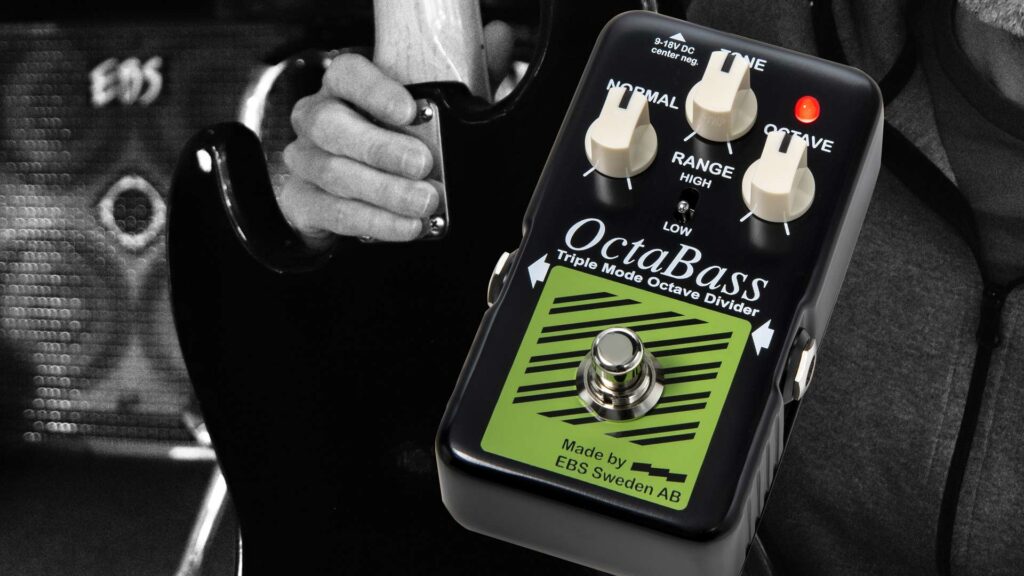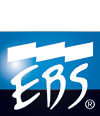
Few pedals get such mixed reviews as analog octave pedals. Bass players either love or hate them. And for good reasons. They have their peculiarities. No need to give up though, we will help you turn any frustration into affection by sharing a few tips. We will also reveal why the EBS OctaBass Blue Label is the octave pedal for you!
Why analog octave pedals can be frustrating
Regardless of the brand, by design, analog octave pedals can not trigger every single note you play accurately. They will always have a few glitches. You will not find an analog octave pedal that triggers an open E either. Usually, they barely manage to track down to a G on the E string or something like that. If you keep getting frustrated by inconsistent triggering or experience your pedal appearing too sensitive, you are not alone. Luckily, there are simple things you can do to reduce frustration.
Learn where the weak spots appear
The glitches usually happen on a couple of notes played at a specific position on your fretboard. Learn and remember where the glitches happen and play those notes on a different string and position on the fretboard. It usually appears only in a couple of places. Playing those notes elsewhere on the fretboard should help you avoid the problem.
Adjust your technique
Triggering can be improved by your playing technique and by adjusting to your instrument too. Playing slightly softer and closer to the neck makes analog triggers work more consistently. See image below.

On a jazz bass, roll off the bridge pickup to reduce overtones that can confuse the triggering. Selecting which pickups are active or using the tone control on the instrument to reduce higher frequencies are strategies that can work on any bass. See the image below.

Put your effects in the right order
To create a variety of sound with an octave pedal, use it in conjunction with other effects such as a fuzz, drive pedal, envelope filters, or other sound processing effects. It will turn your bass into an analog synthesizer! Place the additional pedals after the octave pedal to feed it with as clean a signal as possible. A compressor before the octave pedal can help improve tracking though. It helps with the control of the overtones.

Why should I pick the EBS OctaBass Blue Label?
All EBS OctaBass models, past and present, are famed for their fat and natural bass sound and fast triggering. If that’s the sound you like, that alone is a great reason.
What makes the OctaBass Blue Label unique is it has a toggle switch that moves the optimized tracking area up or down the fretboard. That means that if you are a jazz player and want a nice octave effect to support your solo parts, stick with the Up position. To guarantee the tracking will be consistent when playing your rock bass lines? Go with the Low position.
The EBS OctaBass Blue Label is very close to triggering the open low E and follows steady below the G on the E string when the Low position is engaged.
The Blue Label model also has a tone control knob to make it more versatile and changes the character of the octave sound from sub-bass to natural bass tone and a more synth-like sound if turned up all the way.

What we have learned
- A bit of practice and adjustments should help you get along with most analog octave effects.
- They will still all be a bit wobbly below the G on the E string and have their unique glitches.
- Using octave pedals in conjunction with other effects like distortion and envelope filters will turn your bass into a synth-bass groove machine!
- Different brands may offer their unique sound character, but all have their ups and downs when it comes down to tracking.
The EBS OctaBass Blue Label is available at major online music stores as well as any local store that sells EBS products.
